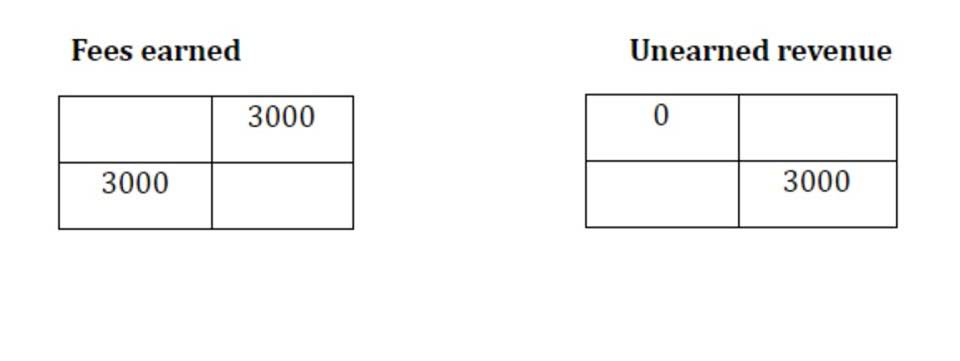
For instance, IFRS requires the use of fair value measurement for certain financial liabilities, which can provide a more accurate reflection of their current market value. This approach can be particularly useful in volatile markets, where the value of liabilities may fluctuate significantly over time. Often it is more practical for companies to issue debt that does not have to be paid back within a year. Issuances with maturity between one and ten years are commonly referred to as “notes” whereas those above ten years are called “bonds”. This accrues our last period of interest before accounting for the cash payment of the note and interest.
Liabilities in Accounting: Current vs. Long-Term

Document your thought process for determining probability and estimation – your future self (and your auditors) will appreciate it. The long-term debt ratio and debt-to-equity ratio provide valuable insights into your overall financing strategy. Lower ratios typically indicate less financial risk, but remember—some debt can actually be beneficial when used strategically. When customers pay you in advance, that creates an interesting situation—you have their money, but you still owe them something. This unearned revenue sits as a liability until you deliver what was promised. Subscription businesses often hold significant amounts in this category, as do educational institutions with prepaid tuition.

Understanding Liabilities: Types, Importance, and Examples
Long-Term Notes Payable are similar to their short-term counterparts but have repayment terms extending beyond one year. These are often used for significant capital expenditures or business expansion. Bonds Payable represent money borrowed by issuing debt securities to investors, with repayment scheduled over several years. https://www.natisult.com/what-is-business-process-analysis/ Companies issue bonds to raise large sums of capital for long-term projects. Deferred Tax Liabilities arise from temporary differences between a company’s accounting profit and its taxable profit, meaning taxes are owed but will be paid in a future period.
Liability Accounts Made Easy: Know What You Owe!
A liability account in accounting represents the various financial obligations a company owes to others, recorded on its balance sheet. These accounts are essential in tracking and managing debts and obligations arising from past business transactions. For instance, accounts payable account for money owed to suppliers for goods or services received liabilities accounts but not yet paid for.

Debt ratio
- Common items include accounts payable, short-term debt, and accrued liabilities like wages and taxes.
- Accounts payable is typically presented on the balance sheet as a separate line item under current liabilities.
- If a portion of a long-term debt is payable within the next year, that portion is classified as a current liability.
- After 30 days, you’d recognize the interest that’s building up (about $75) even though you haven’t paid it yet.
- In the double-entry system, every transaction affects at least two accounts using debits and credits.
- This shows you all the money coming into and going out of your business.
- Confusing them can lead to incorrect financial statements and the wrong conclusions during analysis.
Long-term obligations, such as credits, bonds, or mortgage loans, endure more than a year. Organisations frequently use long-range responsibility to support large efforts such as purchasing new resources, expanding tasks, or sustaining capital-intensive endeavours. Accrued Expenses are liabilities that arise when a company incurs expenses but hasn’t yet made the corresponding payment.
Bonds are essentially Accounts Receivable Outsourcing contracts to pay the bondholders the face amount plus interest on the maturity date. A liability is anything that’s borrowed from, owed to, or obligated to someone else. It can be real like a bill that must be paid or potential such as a possible lawsuit.
- Samsung Electronics reported a total liability of ₩121.72 trillion (approximately AED 390.7 billion), divided into current and non-current liabilities.
- They are primarily presented on the balance sheet, where they are categorized into current and non-current liabilities.
- These liabilities are crucial to understanding a company’s financial health and help provide insights into its operations, cash flow, and overall financial position.
- The sales tax expense is considered a liability because the company owed the state the money.
How to keep track of your liabilities?
This enables decision-makers to prioritize their payments and allocate resources accordingly. Taxes Payable refers to the taxes owed by a company to various tax authorities, such as federal, state, and local governments. These taxes are typically reported on the company’s income statement and recognized as a liability on the balance sheet.
